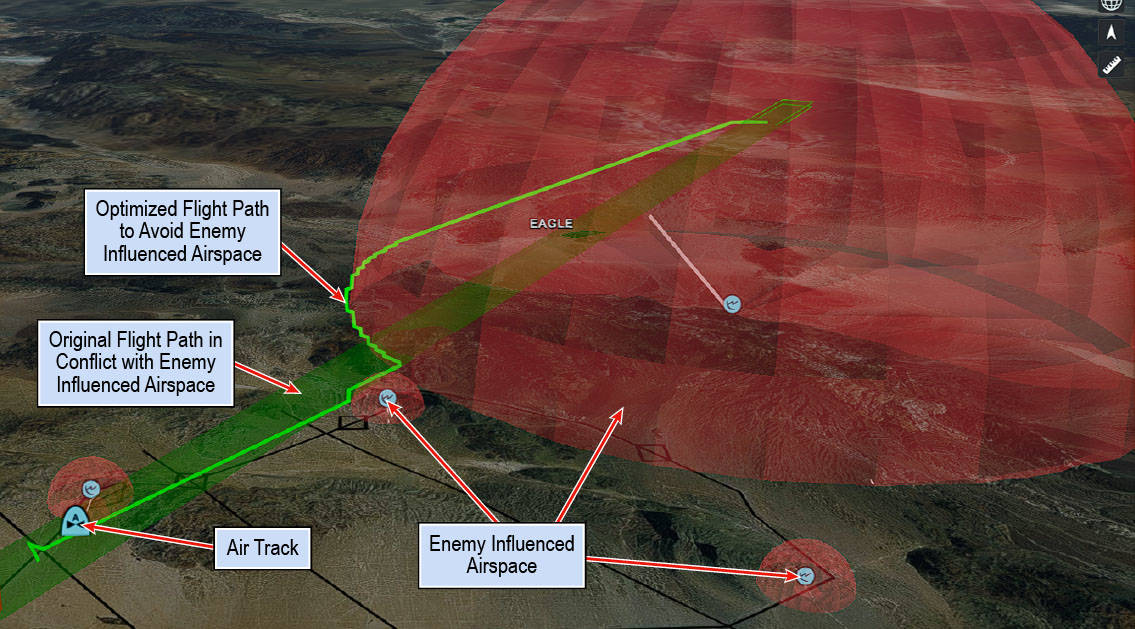At General Dynamics Mission Systems, our engineers seek innovative, new ways to bring solutions to our customers. Discovering new and smart solutions for our customers’ challenges is vital in helping to protect our nation and allies. As part of our commitment to an innovation culture, we present the next pioneer in our Pioneers of Progress series.
Brenton Weaver is a senior systems engineer in Fort Wayne, Indiana who supports the development of the Fires and Airspace Coordination System (FACS). In collaboration with his colleagues and the Tactical Airspace Integration System (TAIS) team, Brenton developed FACS, a collection of General Dynamics Mission Systems innovative solutions.
Tell us about your role.
I have been with General Dynamics Mission Systems for seven years and have supported both systems engineering and software development roles for several programs. Over the past year I have had the pleasure of leading two internal Innovation Initiative IRaD (I3) programs with the support of Dr. Raja Suresh, lead for the I3 programs.
What sparked your interest in pursuing an innovative solution for FACS?
While working on the TAIS program, I had the opportunity to understand many of the technical and operational challenges associated with U.S. Army airspace management. I worked closely with Andy Duque (TAIS software engineer and airspace operations SME), David Anderson (Fires SME) and James Straub (eXtended Reality (XR) SME) to devise a collection of innovative solutions which became known as FACS. Working with Dr. Raja Suresh, we identified close parallels between Defense Advanced Research Projects Agency’s (DARPA) interests in airspace operations and General Dynamics Mission Systems operational knowledge of the TAIS program.
The Fires and Airspace Coordination System (FACS) is designed to predict future aircraft conflicts, identify risk levels, and provide opportunity for courses of action.
Tell us about your innovation and the benefits you've seen since implementing it.
Our initial focus for the FACS prototype centered around primary challenges with airspace management. These challenges revolved around the general uncertainty of aircraft location, the constant increasing complexity of airspace operations, and the lack of a system that offers courses of action to prevent or resolve conflict. Our innovative solution detects conflict amongst high volumes of aircraft, precision-guided munitions, and enemy-influenced airspace. This solution allows FACS to predict future aircraft conflicts, identify risk levels, and provide opportunity for courses of action. James Straub transformed airspace management tasking into a team-collaborative Virtual Reality (VR) workspace that provided an immersive volumetric perspective of the common operating picture and tied our solutions together.
FACS includes a team-collaborative Virtual Reality (VR) workspace that provides an immersive volumetric perspective of the common operating picture.
What was the best part about working on this innovation?
Bringing intelligent people together to brainstorm and discuss hard challenges.
What advice would you give others looking for innovative solutions?
Always be willing to discuss innovative ideas. Talk to your fellow engineers about how innovative software solutions can improve the state of military battle management applications and mission planning technologies.





